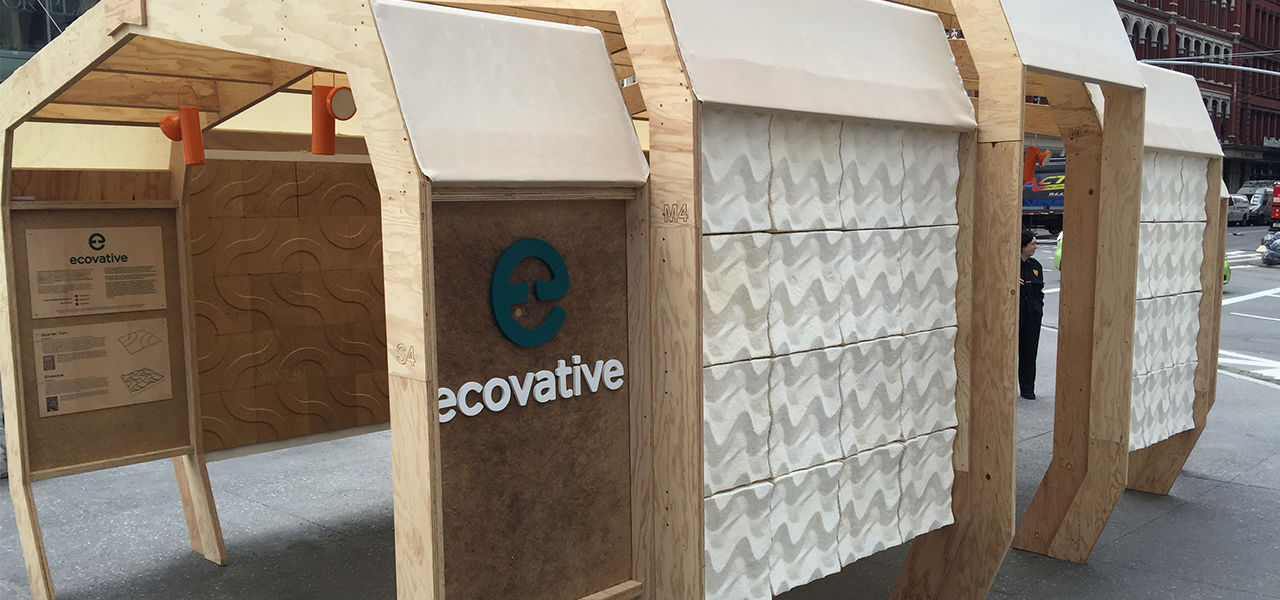
When it comes to innovation, the branch of the US Defense Department dedicated to the development of new technologies boasts an impressive track record. Having contributed to the birth of internet and self-driving cars, DARPA are now focusing their attention on making buildings out of living organisms.
Be it in remote or hostile environments, or even in catastrophe zones, throughout their lifecycle, military infrastructures are tested to their limits. This means they require a rather special level of resilience and the ability to adapt – such characteristics that the American army is looking for in biomaterials. The defense research agency’s Living Material Program has awarded Ecovative with $9.1 million to develop living materials of the future. Their aim? To enable military units to create their base of operations “by literally growing building materials or the required structures themselves – shelter, barriers, furniture.” This new research project marks a crucial step for the startup founded in 2007. Ecovative have been using mycelium (the vegetative part of a fungus) to create packaging, small furniture, homeware or insulation materials for more than 10 years. And today, adapting this method to produce construction materials is a major technical and scientific challenge.
To maximize chances of success, the business has rounded up a team of specialists from the field. Joining the adventure are: Virginia Cornish and Harris Wang from the departments of Chemistry and Biology at Columbia; Christopher A. Voigt from the department of Biological Engineering at MIT; and Jef D. Boeke, a professor in the department of Biochemistry and Molecular Pharmacology at NYU. Although the academic world is taking note, let’s not forget there are still a lot of obstacles in the way, preventing this type of technology from reaching the general public. In response to regulatory restrictions and the difficulty in controlling the fungus’ growth, the products used today are dried before being shipped off for use. In other words, objects created by Ecovative are only living during the creation stage, when mycelium is mixed with agricultural waste to form a solid material. So for now, it looks like living cities have still got a way to go.

